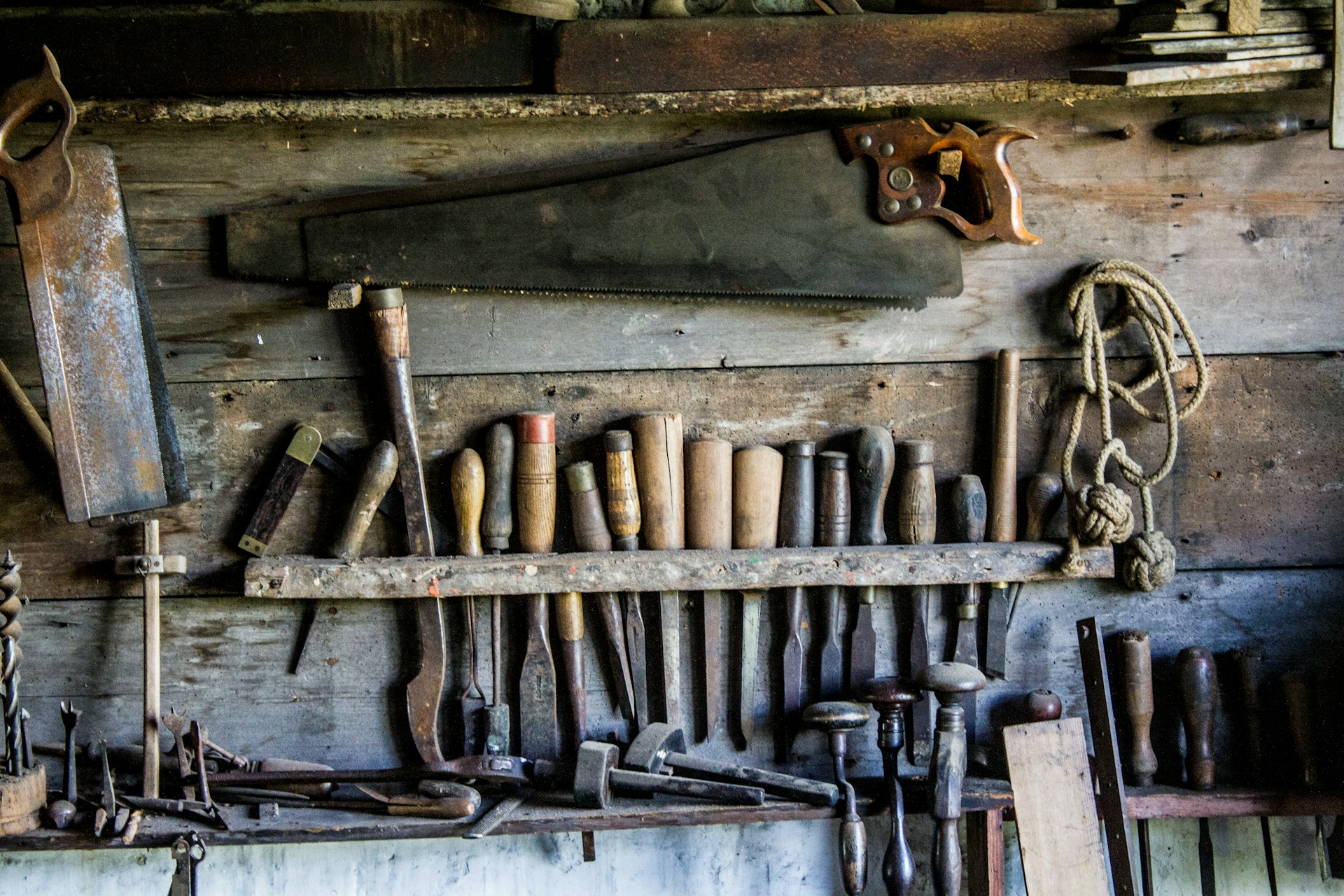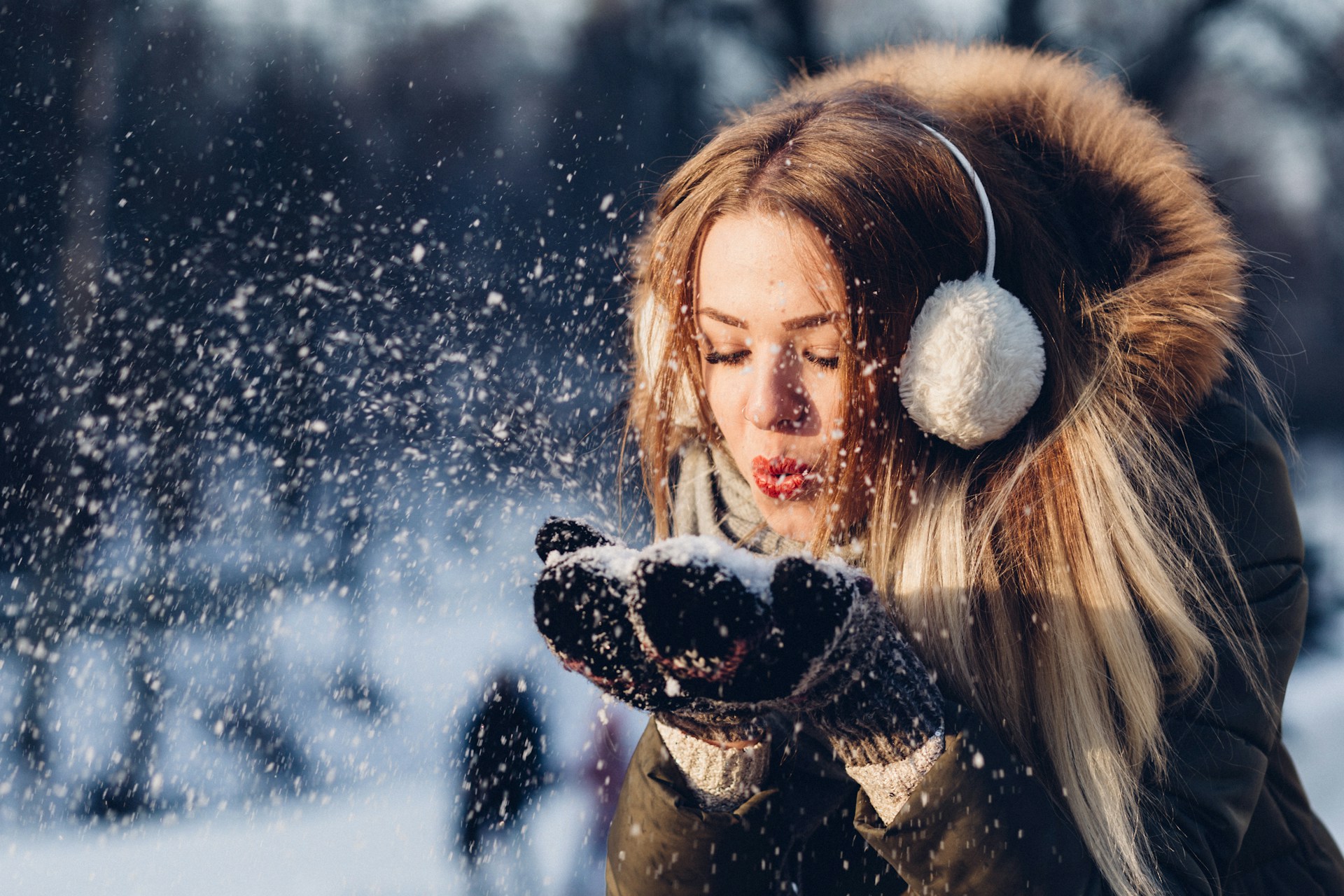Preparedness
Unlock Hidden Survival Tools in Everyday Trash

Reflecting on the past, it’s clear that our ancestors had a knack for repurposing everyday items, a skill that seems to have faded in our modern, convenience-driven society. My grandmother, for instance, was a master at finding new uses for seemingly useless items. Her cabinets were filled with recycled butter tubs and cookie tins, each containing a treasure trove of odds and ends. Even Christmas wrapping paper was never discarded, but carefully folded and reused year after year.
In today’s world, it’s easy to overlook the potential of items we routinely throw away. Yet, many of these discarded objects can be invaluable in emergency situations. Take an old t-shirt, for example. It can be transformed into a life-saving tourniquet. By tearing a strip, folding it for sturdiness, and wrapping it above a wound, you can effectively stop bleeding.
Plastic bottles, though often tossed aside, are another versatile resource. They can store clean water, be used to create solar stills, or even serve as fishing traps. It’s wise to keep a few on hand for these purposes. Similarly, the parts of a broken umbrella shouldn’t be discarded. The metal spokes and fabric can aid in shelter-building, while the handle can double as a makeshift spear or digging tool. The water-resistant fabric is perfect for covering essential gear.
Even items like plastic pool floats, which seem useless once punctured, have their place. They can be repurposed for insulation or cut into strips for waterproof storage bags. With minor repairs, they can still function as flotation devices when partially inflated.
Old newspapers, often treated as waste, serve multiple survival purposes. They’re excellent for fire-starting, insulation, and even as makeshift bandages. Pair these with empty toilet paper or paper towel rolls, stuffed with dryer lint, and you have an effective fire starter. These biodegradable rolls are also great as seed starters.
“Vacuum contents and dryer lint are densely packed and highly flammable,” making them ideal for starting fires. Combine this lint with your cardboard rolls, and you’ll have a reliable fire-starting solution in emergencies.
Crayons, primarily composed of wax, can burn for up to thirty minutes, acting as small candles or fire starters. Even a nearly empty jar of petroleum jelly shouldn’t be thrown away. It serves as a fantastic fire accelerant and can waterproof small matches or create a fire-starting balm when mixed with cotton balls.
Aluminum cans, like those from cream of mushroom soup, are surprisingly useful. In emergencies, they can be used as makeshift cooking pots, alarm systems, or signal mirrors. They can even function as small solar ovens. Similarly, glass jars are invaluable for storing food and water, and can be transformed into small lanterns or emergency fire starters when soaked in alcohol.
Plastic bags are another versatile item. They can be used for waterproofing, collecting water, carrying items, or creating makeshift shelters. Cardboard boxes, often discarded without a second thought, work well for insulation, fire kindling, carrying items, and constructing temporary shelters.
Prescription bottles, once empty, are the perfect size for waterproof containers for matches or tinder. They can also be used to create small emergency fishing kits. Insoles from worn-out shoes can provide added warmth to emergency footwear or gloves, especially in colder conditions.
Old shoelaces are excellent cordage for building shelter, setting traps, or tying things together. Melt down any remaining candles to create waterproof matches or improve kindling. Fragments of broken mirrors can serve as signal mirrors or be used to start fires, but handle them with care to avoid injury.
For those feeling adventurous, try pairing a gum wrapper with a battery to start a fire. It’s a trick worthy of MacGyver himself. Soda tabs can be modified into fishing hooks or used as emergency tools, and they fit perfectly in a prescription bottle fishing kit.
Wine bottles, often seen as mere décor, can be recycled to carry water, signal for help, or heat in the sun for warmth. Old clothes can be repurposed into bandages and tourniquets, charred for fire-starting, or used for makeshift water filtration.
Tin foil is another item with multiple uses. It can act as a reflective signal, insulator, or makeshift frying surface. When electronics break, consider salvaging parts, especially wiring. Copper wiring is particularly useful for traps, fishing lines, or emergency repairs.
Lastly, old lip balm isn’t just for soothing cracked skin. It can also be used as a fire accelerant. Paper clips, with their malleable nature, can be bent into small tools, fishing hooks, or improvised locks.
Before discarding anything, consider its potential uses. As the saying goes, “Consider other uses before you toss anything in the garbage, friends.” You might just find a life-saving tool in what you once thought was trash.
Let us know what you think, please share your thoughts in the comments below.

Preparedness
5 Things in Your Home That Can Help You Create a Safe Escape Plan

Not every dangerous moment involves a direct confrontation. Sometimes the real threat is confusion, panic, or not knowing what to grab when you need to react fast. Your home already has simple items that can help you stay oriented, stay calm, and get out safely if something goes wrong — whether it’s a break-in, a fire, or any unexpected emergency.
Here are five everyday things that can quietly strengthen your safety plan without feeling like “preparedness gear.”
1. A Pair of Shoes You Can Slip On Fast
This sounds almost too simple, but it’s one of the most overlooked safety tools in any house.
If you need to leave in a hurry — even just to get outside and call for help — you don’t want to waste time with laces or walk barefoot over broken glass, cold pavement, or debris. Keep a sturdy slip-on pair by your bed. It’s a small habit that can make a huge difference.
2. A Charged Old Phone
Even a disconnected phone can still call 911.
If you have an old smartphone in a drawer, charge it and leave it in your bedroom or a hidden spot. During an emergency, your main phone might be out of reach, dead, or taken. Having a backup gives you a second chance to call for help.
3. A Mini Flashlight on Your Nightstand
Power outages often happen at the worst moments. A small flashlight helps you see where you’re stepping, find your keys, or check on a noise without stumbling around in the dark. It also helps you avoid tripping hazards if you need to move quickly. Choose a compact LED one and keep it in the same spot every night.
4. A Loud Whistle
If you can’t shout, or your voice doesn’t carry far, a whistle can be your lifeline.
It cuts through walls, hallways, and even outdoor distance better than yelling. Whether you’re trying to alert a neighbor, scare off an intruder, or signal for help during a medical emergency, a whistle is one of the most underrated tools for personal safety.
5. A Written “Quick Escape Plan”
You don’t need blueprints — just a simple index card taped inside a drawer or next to your nightstand.
Write down:
• Your fastest exit routes
• Where your keys always stay
• Where your phone and flashlight stay
• A reminder to put on shoes
• Who to call first
In a panic, people forget steps. A small card keeps your mind focused and your actions clear.
Final Thought
Self-protection starts long before danger shows up. It’s not about preparing for a fight — it’s about preparing to move, think, and react in a way that keeps you safe.
Preparedness
5 Everyday Items in Your Home That Can Help You Protect Yourself

Most people don’t keep traditional self-defense tools around the house, but that doesn’t mean you’re helpless in an emergency. The truth is, you already own simple items that can give you precious seconds to get away, call 911, or draw attention. The key is knowing what works, what’s legal, and how to use these items only to defend yourself when you have no other choice.
Here are five practical household items that can help you stay safe during a threatening situation:
1. A Heavy-Duty Flashlight
A solid, metal flashlight is one of the best non-lethal tools you can keep within reach.
It serves two purposes:
• The bright beam can disorient someone long enough for you to escape.
• The sturdy body gives you something to hold if you need to keep distance between yourself and a threat.
Keep one by your bed and another near your front door.
2. A Loud Personal Alarm or Air Horn
Sometimes the strongest defense is noise. A personal alarm or small air horn can draw attention fast and frighten off an intruder. These devices are inexpensive, easy to use, and require no physical strength. They also alert neighbors that something is wrong, which can shorten response time dramatically.
3. A Strong Walking Cane
For older adults especially, a cane can be surprisingly effective for self-defense if absolutely needed. Its length helps you create distance, and its solid structure gives you a way to push someone back without having to get close. Even if you don’t use a cane daily, keeping one near your bedroom can be smart.
4. A Fire Extinguisher
Beyond its intended use, a fire extinguisher can help you defend yourself in two ways:
• The blast of spray can temporarily block vision and breathing, allowing you to escape.
• Its weight gives you something sturdy to hold while you retreat.
Plus, it’s already a safety essential for your home.
5. A Kitchen Pan or Lid
If you’re caught in the kitchen, a heavy pan or even a metal pot lid can create an effective barrier. A lid works like a small shield, helping you protect your face and upper body as you move away. A pan gives you something solid to hold between you and a threat.
A Final Note on Safety
Self-defense is always about getting away safely, not engaging in a fight. Your first options should always be:
• Avoid the situation
• Lock or barricade a door
• Call for help
• Get to safety
Use objects only as a last resort and only to give yourself time to escape.
Preparedness
5 Things You Should Always Carry During a Winter Storm

When a winter storm rolls in, life can shift fast. Roads freeze, power lines drop, and long errands suddenly become real risks. The good news is that a little preparation goes a long way, especially if you keep a few essential items within reach. These aren’t expensive or complicated. They’re simple, practical tools that can make all the difference when temperatures drop and help arrives slowly.
Below are five things worth carrying with you any time severe winter weather is in the forecast. Think of them as your personal insurance plan — small items that bring peace of mind in uncertain conditions.
1. A Fully Charged Portable Power Bank
If you’re stranded or delayed, your phone becomes your lifeline. It lets you call for help, follow weather alerts, and use GPS if you need to find your way. In cold weather, phone batteries drain much faster, so a reliable power bank is a must. Choose one that can charge your phone at least twice. Keep it in an inside pocket so cold temperatures don’t sap its power.
2. An Emergency Blanket
These lightweight, reflective blankets take up almost no space, but they retain an incredible amount of body heat. If your car breaks down or you get stuck outdoors, an emergency blanket helps you stay warm enough until help arrives. For older adults especially, preventing a rapid drop in body temperature is critical. Toss one in your glove box or day bag — you won’t notice it until you really need it.
3. High-Energy Snacks
In extreme cold, your body burns calories faster to stay warm. Carrying a small stash of calorie-dense snacks gives you steady energy and helps maintain body temperature. Look for items that won’t freeze rock-solid, such as nut butters, protein bars, granola, or trail mix. If you take medication that requires food, this becomes even more important.
4. A Compact LED Flashlight
Winter storms often come with poor visibility. Whether you’re navigating an icy path, checking under the hood, or signaling for help, a bright flashlight is worth its weight in gold. Choose an LED model with long battery life, and avoid relying solely on your phone’s flashlight. You may need that battery for communication.
5. A Small First-Aid Pouch
Accidents are more common when surfaces are slick. A small kit with bandages, antiseptic wipes, medical tape, hand warmers, and any personal medications can stabilize minor injuries until you can get proper care. Add a pair of disposable gloves to protect your hands in freezing weather.
Preparing for winter doesn’t mean living in fear. It simply means respecting the season and giving yourself the tools to stay safe, warm, and steady. With these five essentials on hand, you’ll be better equipped to handle whatever a winter storm throws your way — and you’ll travel with much more confidence as the temperatures fall.
-

 Tactical2 years ago
Tactical2 years ago70-Year-Old Fends Off Intruder with Lead-Powered Message
-

 Tactical2 years ago
Tactical2 years agoVape Shop Employee Confronts Armed Crooks, Sends Them Running
-

 Preparedness1 year ago
Preparedness1 year agoEx-Ballerina’s Guilty Verdict Sends Tremors Through Gun-Owner Community
-

 Off The Grid4 weeks ago
Off The Grid4 weeks ago10 Foods That Could Save Your Life When Grocery Shelves Are Empty
-

 Preparedness1 year ago
Preparedness1 year agoGood Samaritan Saves Trooper in Harrowing Interstate Confrontation
-

 Tactical2 years ago
Tactical2 years agoMidnight SUV Theft Interrupted by Armed Homeowner’s Retaliation
-

 Preparedness5 months ago
Preparedness5 months agoHow Much Gasoline Should You Store for Emergencies?
-

 Survival Stories2 years ago
Survival Stories2 years agoEmily’s 30-Day Experience of Being Stranded on a Desert Island
Kent
March 28, 2025 at 8:32 pm
Soup cans are made of steel not aluminum and glass jars won’t burn no matter how long you soak them in alcohol.